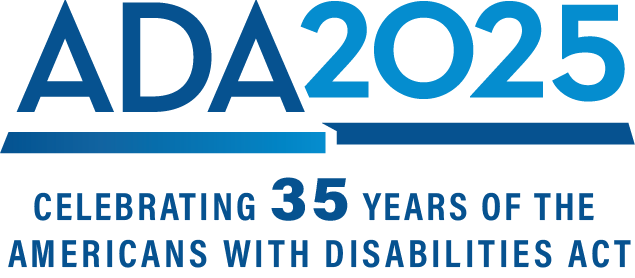In-person medical appointments can present unique challenges for people with disabilities, particularly if they live far from their health providers or in an area without accessible public transportation. Telehealth makes it possible to receive needed care without leaving home, which can ease transportation challenges and other issues created by traveling to appointments. It also makes it possible for people to access a broader range of providers.
Telehealth is the use of electronic information and telecommunications technologies to support long-distance clinical health care, patient and professional health-related education, public health, and health administration. Technologies include videoconferencing, the internet, store-and-forward imaging, streaming media, and terrestrial and wireless communications.
While telehealth has helped facilitate access to care for many people with disabilities, the introduction of technology can also create new accessibility challenges. Federal laws, including the ADA, Section 504, and Section 1557 of the Affordable Care Act (Section 1557) protect the rights of people with disabilities to access information and communication technology (ICT), including the ICT used in telehealth.
Health care providers must make reasonable modifications to their policies, practices, or procedures, which may include providing additional support to patients when needed before, during, and after a virtual visit, to avoid discriminating on the basis of disability. For example, a health care provider who offers telehealth services likely violates the law by adopting a blanket policy of refusing to schedule telehealth appointments for any patients with intellectual disabilities because the provider wrongly assumes that these patients would have a hard time understanding how to navigate the online platform used for telehealth appointments. The provider must offer these patients an opportunity to participate in telehealth appointments that is equal to that given to others.
Section 1557 prohibits certain health programs and activities from discriminating based on disability, and other protected characteristics, when delivering health programs and activities through telehealth. Additionally, Section 1557, Title II of the ADA, and Section 504 all have accessibility requirements for ICT. DOJ issued a fact sheet explaining web access and mobile application accessibility requirements in Title II of the ADA.HHS issued a fact sheet explaining web access, mobile app, and kiosk requirements in Section 504.
Guidance issued by HHS’ Office for Civil Rights notes that, "covered entities must offer people with disabilities full and equal access to the (ICT) they employ, unless those individuals are provided reasonable accommodations or reasonable modifications that permit them to receive all the benefits provided by the (ICT) in an equally effective manner."
Joint guidance on telehealth issued by HHS and the U.S. Department of Justiceclarifies that the discriminatory provision of telehealth services, including failing to provide reasonable modifications or effective communication, may amount to violations of disability nondiscrimination laws.
A group of national organizations and providers, including the ACL-funded Deaf/Hard of Hearing Technology Rehabilitation Engineering Research Center,has developed recommendations to make video-based telehealth more accessible for deaf and hard-of-hearing patients. Also, see OCR’s guidance on privacy and security when using telehealth.

